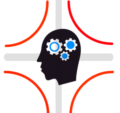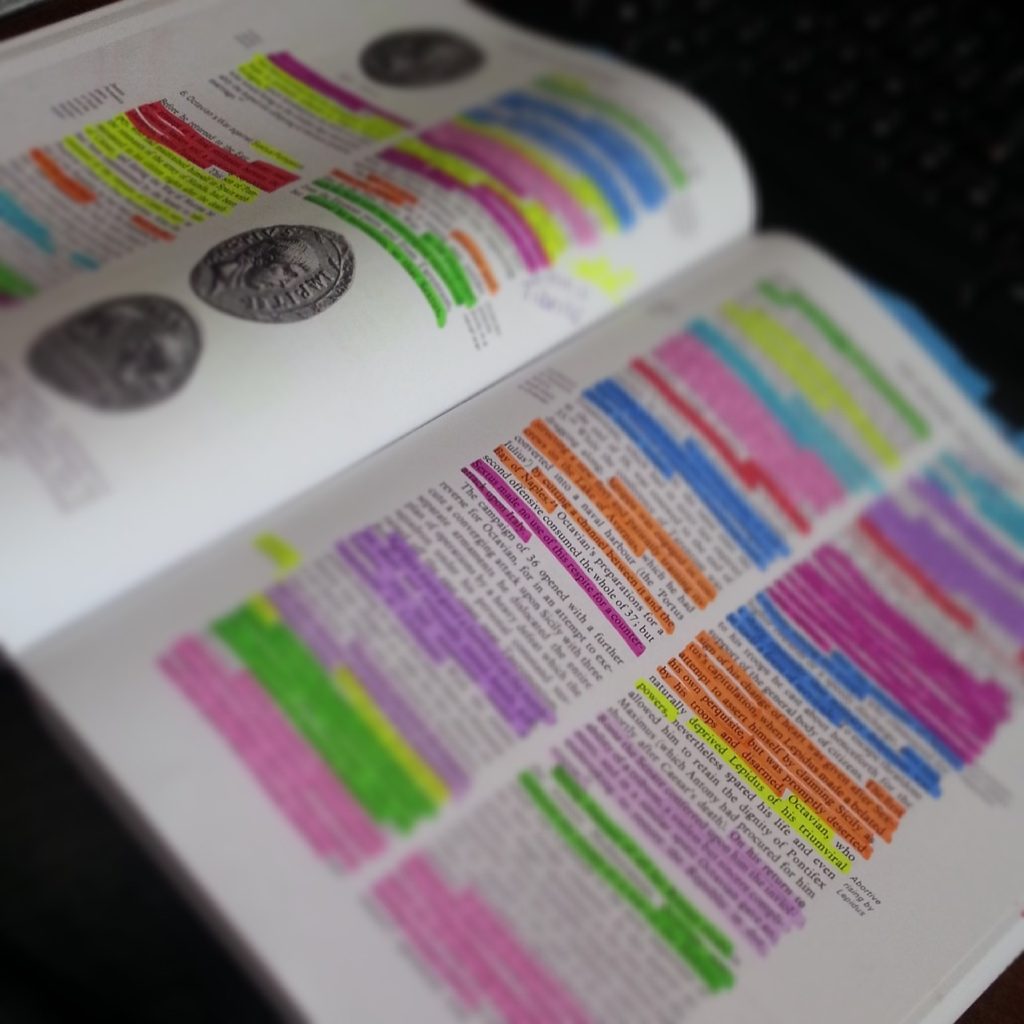Top 5 Medical Physiology Books for Medical Students
Human physiology is one of the most challenging courses in medical school with the introduction of an entirely new lexicon a way of thinking for the uninitiated. It forms the bedrock of understanding concepts in medicine and in understanding how the human body functions It is the foundation of internal medicine and an essential field of study for medical students, healthcare professionals, and anyone interested- read that as glutton for punishment.
Physiology is the study of the normal processes and mechanisms of the body and covers everything from the molecular and cellular level to the functioning of major organ systems. This opens the way to the understanding of abnormalities in these processes and the development of disease. In essence, it is necessary to begin understanding the pathological basis of disease. In this blog post, we will explore the top 5 human physiology books that are essential for medical students looking to deepen their understanding of this fascinating yet complex subject.
1. Guyton and Hall Textbook of Medical Physiology
Guyton and Hall Textbook of Medical Physiology is a comprehensive textbook that is widely regarded as the gold standard for students and professionals in the medical field. The book was first published in the 1970s and has since gone through multiple revisions and updates to keep it current in the ever-changing world of human physiology. Despite being a slog to read to amongst the top 3 recommended books in most medical schools due to its wide coverage of the most important physiological concepts to master. The expertly arranged text and the detailed colored diagrams make reading the book much easier despite its numerous pages, albeit for some this may be considered a walk in the park.
This textbook covers all major aspects of human physiology, including the cardiovascular, respiratory, digestive, nervous, and endocrine systems. It provides a detailed explanation of the underlying mechanisms behind the functioning of these systems and presents the information in a clear and easy-to-understand manner. The authors have done an excellent job of breaking down complex concepts into simple explanations and the book features numerous illustrations and figures to help explain the material.
It is widely used in medical schools and is considered a must-have resource for medical students and healthcare professionals. It is also an excellent resource for anyone interested in learning about the human body and how it functions. The latest edition of the book includes updated information on the latest advances in the field and is an essential resource for anyone looking to deepen their understanding of human physiology. I recommend it in hardback for that classic studious med student look on your way to the library.
2. Ganong’s Review of Medical Physiology
Ganong’s Review of Medical Physiology is a widely used textbook in the field of human physiology. It has been in print since 1965 with regular revisions to bring it up to date with current physiology. The book was originally written by William F. Ganong, who was a highly respected researcher and educator in the field of physiology with a subspecialty in neuroendocrine physiology. He was also one of the great minds behind the preexcitation syndrome Lown-Ganong-Levin Syndrome).
This textbook is designed as a comprehensive review of human physiology for medical students, healthcare professionals, and others interested in the subject. It also covers the major organ systems of the body, including the cardiovascular, respiratory, digestive, nervous, and endocrine systems like Guyton, and provides information on the underlying mechanisms that drive their functioning. However, in contrast to Guyton, the book is known for its concise writing style, clear explanations, and practical focus. This may be ideal in the context of review before an exam but it may leave the ‘weak of mind’ more perplexed than when they started the read.
The latest edition of “Ganong’s Review of Medical Physiology” includes updated information on the latest advances in the field, and includes new illustrations and figures to help explain complex concepts.
It is definitely a good addition to one’s library and its succinct style makes it an ideal resource for students who want to review the material they have learned or for healthcare professionals who want to refresh their knowledge without an intense deep dive.
3. BRS Physiology
BRS Physiology by Linda S. Costanzo is a highly regarded textbook in the field of medical physiology from the highly acclaimed Board Review Series (BRS). This book is literal gold in the hands of a medical student with a focus on preparation for the USMLE Step 1. It is designed specifically for medical students and provides a concise and comprehensive introduction to the subject. The book covers the major physiology topics and provides a detailed explanations as well as clinical vignette-style, multiple-choice questions in the mould of the Step 1 exam.
One of the key features of this textbook is its clear writing style delivering each topic in an efficient way ideal for last minute cramming as well as casual reading.
BRS Physiology by Costanzo has been used for several years by medical students who swear by it as the king of efficiency.
4. Berne & Levy Physiology
“Berne & Levy Physiology” is a classic medium sized textbook that has been widely used for many years. The book provides a clear and concise overview of human physiology, including information on the different systems of the body and how they work together. What sets this book apart from others is its focus on the mechanisms behind physiological processes. This makes it a great resource for students who want to understand the “why” behind how the body works. The book is well organized, easy to read, and includes numerous illustrations to help clarify complex concepts.
5. Medical Physiology
Medical Physiology by Walter F. Boron MD PhD and Emile L. Boulpaep MD is another comprehensive textbook that provides a comprehensive overview of human physiology. The book covers all the major systems of the body, including the cardiovascular, respiratory, digestive, nervous, and endocrine systems, and provides information on how they function. The book is known for its clear explanations and illustrations, making it a great resource for students who are just starting to learn about the subject. The authors also include practical examples and case studies, helping students to understand how the concepts they are learning apply to real-life situations.
In conclusion, these 5 books are highly recommended for anyone interested in learning about human physiology. They provide a comprehensive overview of the subject, including information on all the major systems of the body, and are essential resources for medical students.
Check out our other medical textbook posts

